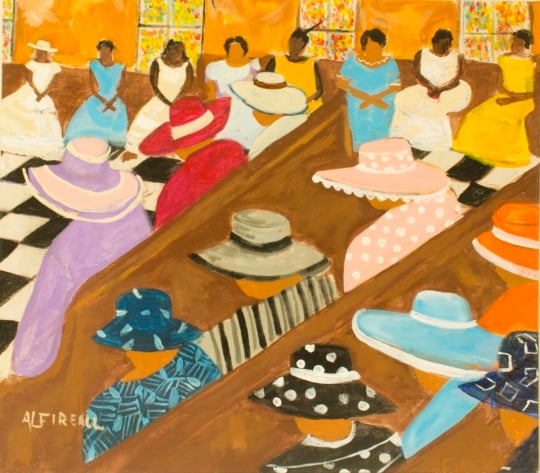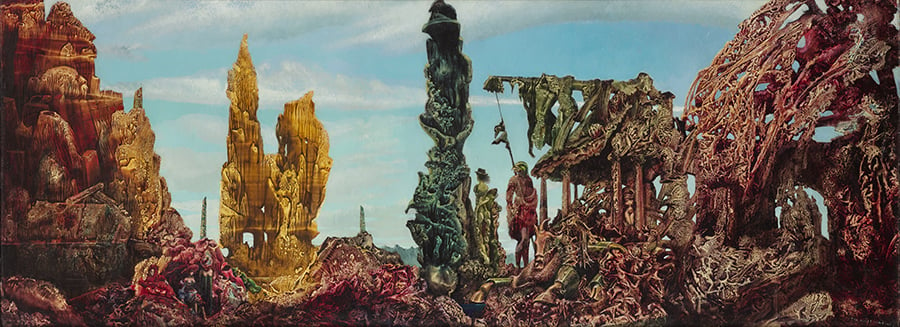
Since the 1920s, Surrealists had attempted to subvert oppressive social and political traditions, embracing the irrational and the marvelous in pursuit of psychic liberation. Many had been part of the Dadaist movement in the ’teens, when artists and writers reeling from the disaster of World War I emphasized the absurdity of the nationalism and militarism that had drawn Western civilization into such a bloodbath. After the war, they turned to Surrealism to look more deeply at the underlying psychological forces that might explain and heal deep rifts in the individual and the culture. Seeking access to these hidden truths, they married strategies involving chance, free association, and psychoanalytic theory to a radical political activism and anti-war stance.
from the exhibition catalogue accompanying Monsters and Myths.

To a great many people, the Surrealists are overplayed, over-taught, used as an excuse to fill what would be a hole in the exhibition calendar. But what we forget, after we see that same Dalí for the third or thirtieth time is that — Surrealism lasted for the briefest of moments, and that it was subsequently plagued with The Spanish Civil War, Hitler’s ascension and domination through Europe, and World War II. The art that was formerly used to express freedom, exuberance and absolute boundlessness, was now on the run, censored, fraught with terror, dread and horror. The tragedy and violence that we inflict upon one another has not changed upon decade, century, millennia, and perhaps we take comfort in mythologizing the same demons — poverty, illness, war, cruelty — so we do not have to face the fact that we are the monsters, one in the same.
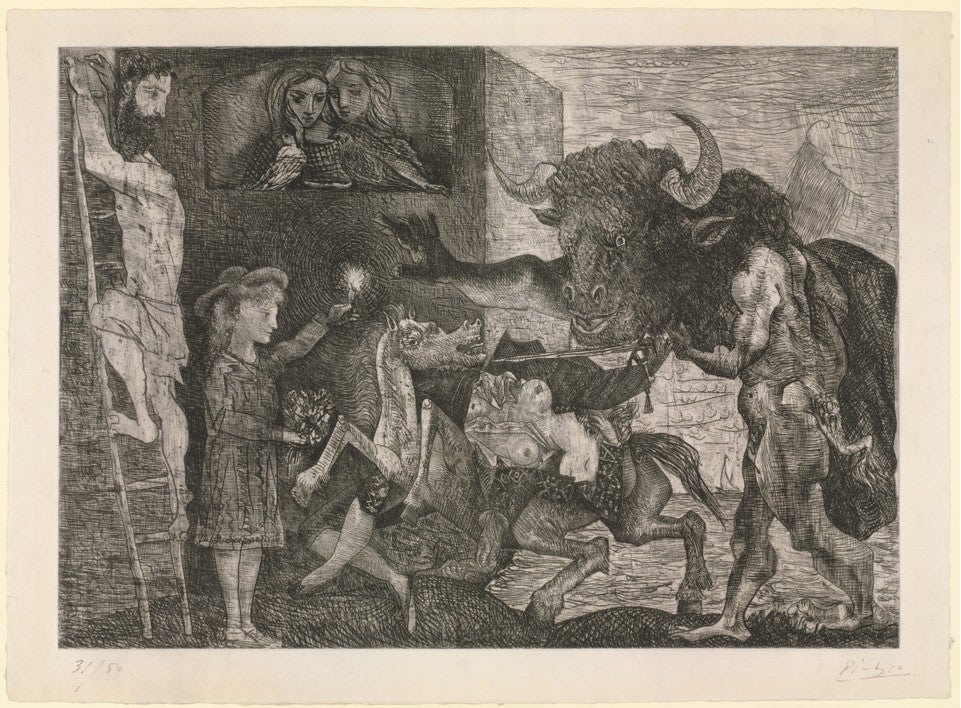

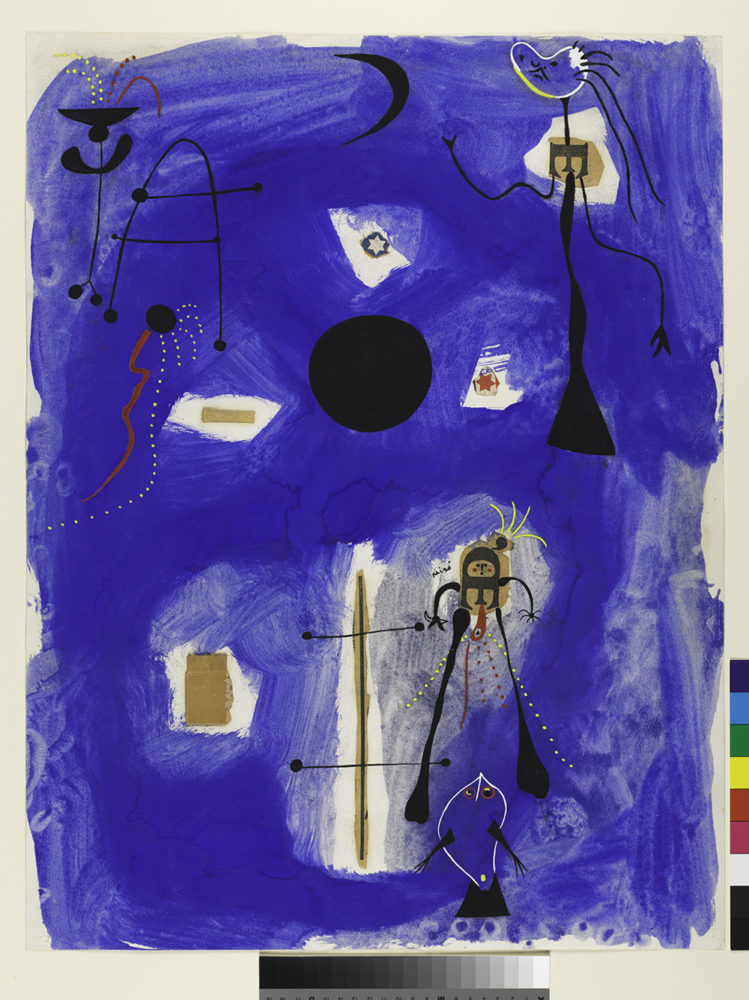
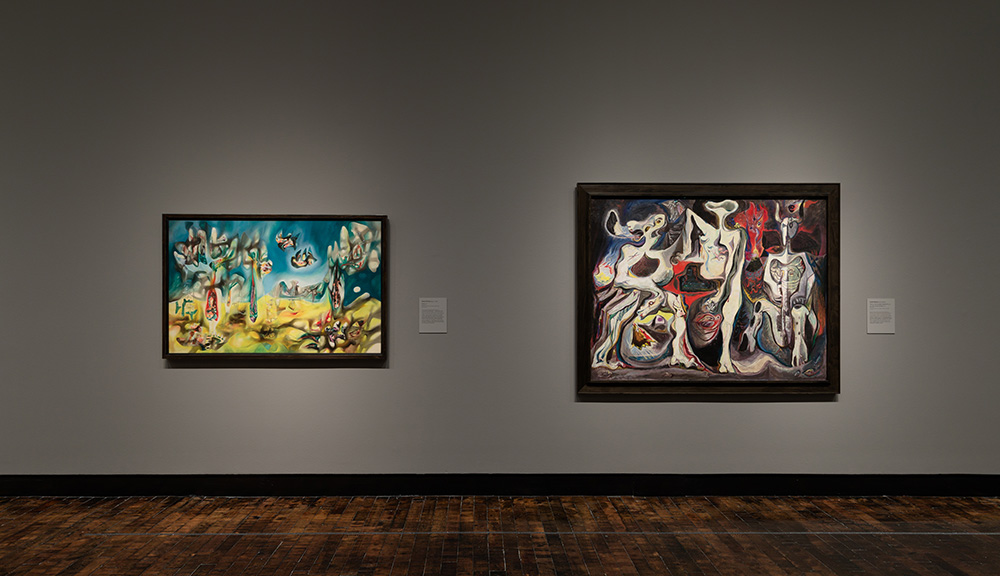
Monsters and Myths: Surrealism and War in the 1930s and 1940s closes this Sunday, September 29th at Frist Art Museum, Nashville.


